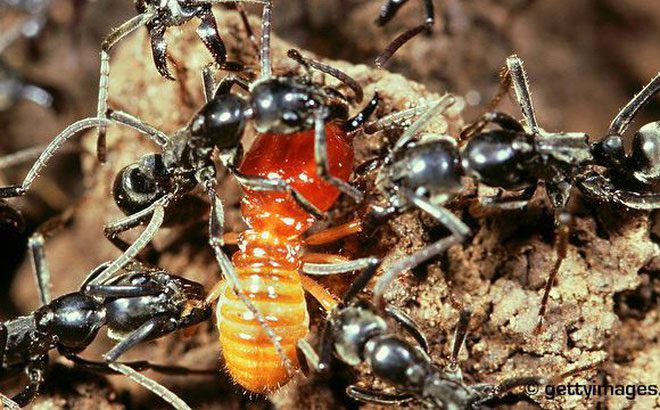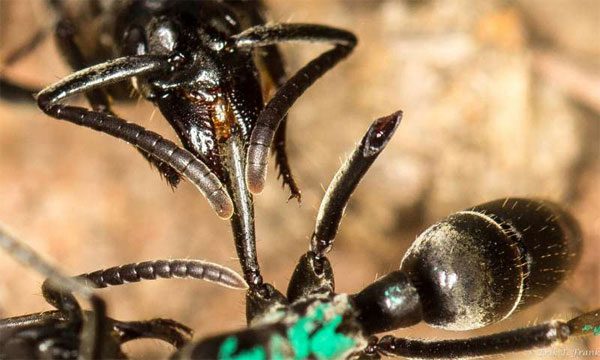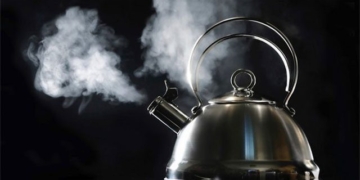The African Matabele ant can become a nurse, caring for injured members of their colony when they go foraging.

Matabele ants foraging. (Photo: Arkive).
After foraging expeditions, injured ants are collected and transported back to the nest. Healthy ants take on the role of nurses, tending to the wounds of their injured counterparts. This practice significantly reduces the mortality rate from around 80% to just 10%.
The primary injuries that Matabele ants (Megaponera analis) suffer are typically caused by the mandibles of termites. In addition to immediate damage to their limbs, these wounds can become infected, but the ants have developed a range of antibiotic treatments to save their injured companions.
Research shows that this is the first time scientists have observed this behavior in ants, a species other than humans. According to Dr. Erik Frank from Julius-Maximilians-Universität (JMU) Würzburg, this is not a self-healing process like in some other animals; the healing is performed by fellow ants. They lick the wounds to prevent infection.
The main cause of death identified is Pseudomonas aeruginosa bacteria. While it may seem amusing to think that ants can recognize this, they react very quickly to infections caused by P. aeruginosa and treat them more frequently.
The ants produce 112 organic compounds, including 23 that science has yet to identify, extracted from their pleural glands. Frank and his colleagues tested these compounds and found that about half of them possess antibacterial properties or promote healing in other ways.
Frank stated: “Except for humans, I believe there are no other living organisms capable of performing such complex medical wound treatment methods.”
Dr. Frank has previously studied the behavior of ants rescuing their comrades from battlefields. This research on healing is a continuation of his earlier work.

The species is named after a warrior tribe in South Africa.
Matabele ants are among the largest ant species in the world. They are fearless warriors, and humans can also be attacked by their bites. The species is named after a warrior tribe in South Africa.
During their hunting expeditions, which can involve 200 to 600 individuals, Matabele ants target termites as they feed. Consequently, the ants often face retaliation from soldier termites. Sometimes, they lose legs from bites.
After a hunt, the ants carry termites back to the nest, while those remaining search for injured comrades. The injured ants release a distress hormone. Healthy ants use their strong mandibles to transport the injured ones back to the nest for treatment.
Surprisingly, severely injured ants that cannot recover will signal that they do not need assistance. If they are carried back, these heavily injured ants will struggle, prompting their companions to leave them behind.
Research indicates that the reproductive rate is quite low, averaging only 10 to 14 ant offspring per day. A single day’s foraging can result in up to 20 injured ants in the colony. Therefore, ants must care for their injured comrades to prevent losses in their population.
The findings from the research reveal surprising discoveries. Many questions remain unanswered, such as how ants precisely know which individuals are injured, when they recover, and whether the treatment is solely to prevent infection or also includes restoring functionality.
- NASA releases New Year’s image: “Fireworks” glowing amidst an object hurtling into the Milky Way
- You visit a friend’s house and discover a “mountain of gold and silver worth over 100 billion”: Just as you rejoice, a long-standing friendship is strained!
- Top 3 bird species that enjoy eating crocodile meat: Number 1 even hunts snakes, a descendant of dinosaurs!




















































